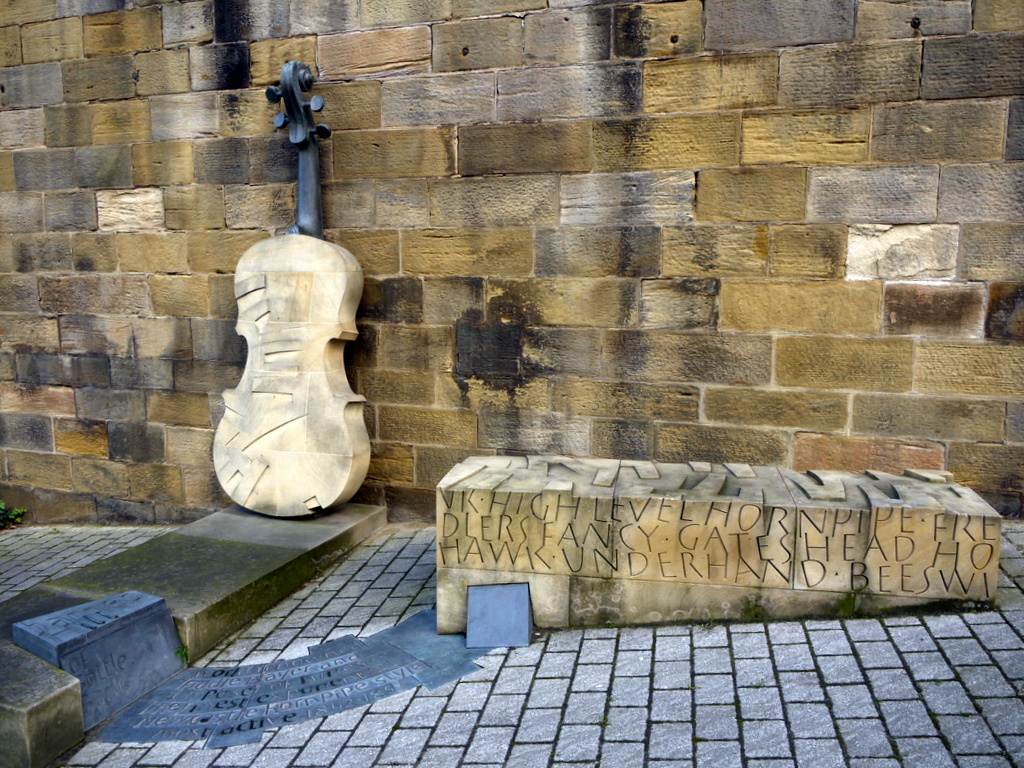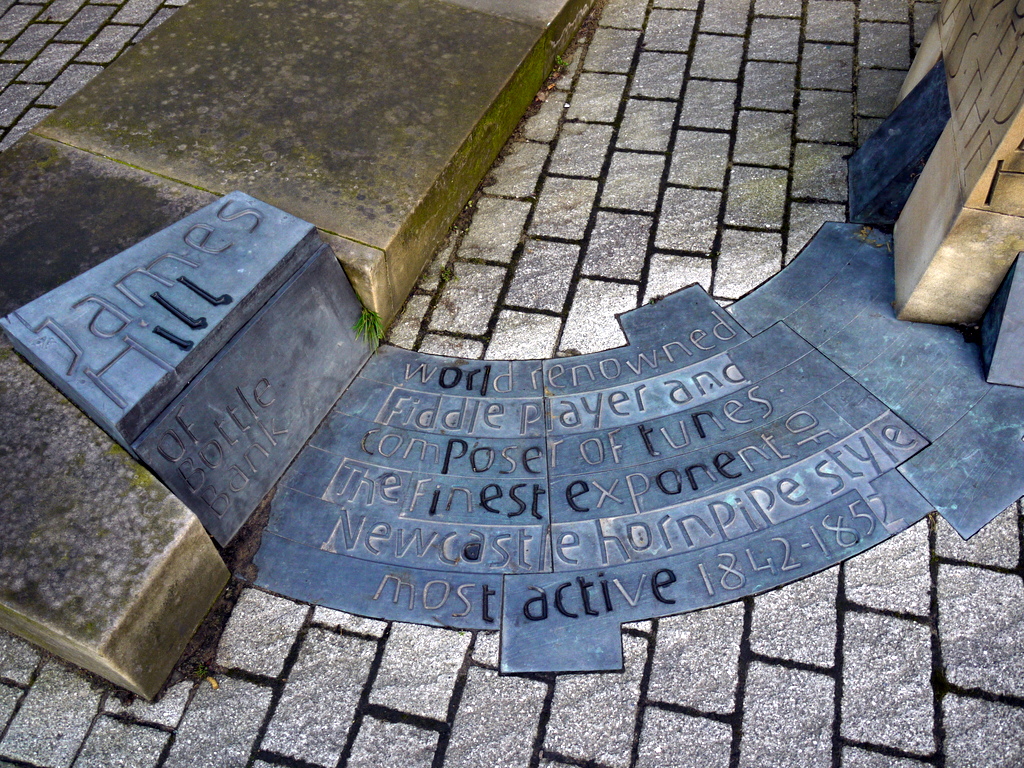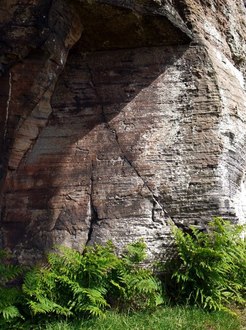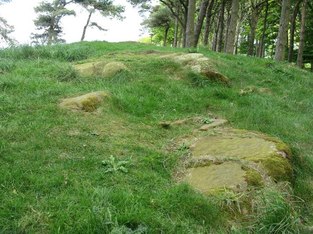The Hornpipe Paganini of Bottle Bank
James Hill is considered to be one of the most talented fiddler players and tune writers of the 19th Century. He is believed to have been born in Scotland in 1811 and to have died from consumption in Westmoreland Lane, off Westgate, Newcastle in 1853 making him 42 years old. He lived on Bottle Bank in Gateshead near the "Hawk Pub" with his wife Sarah, who was born in County Durham, for most of his life where he composed fiddle tunes from the 1830s onward.






 RSS Feed
RSS Feed
